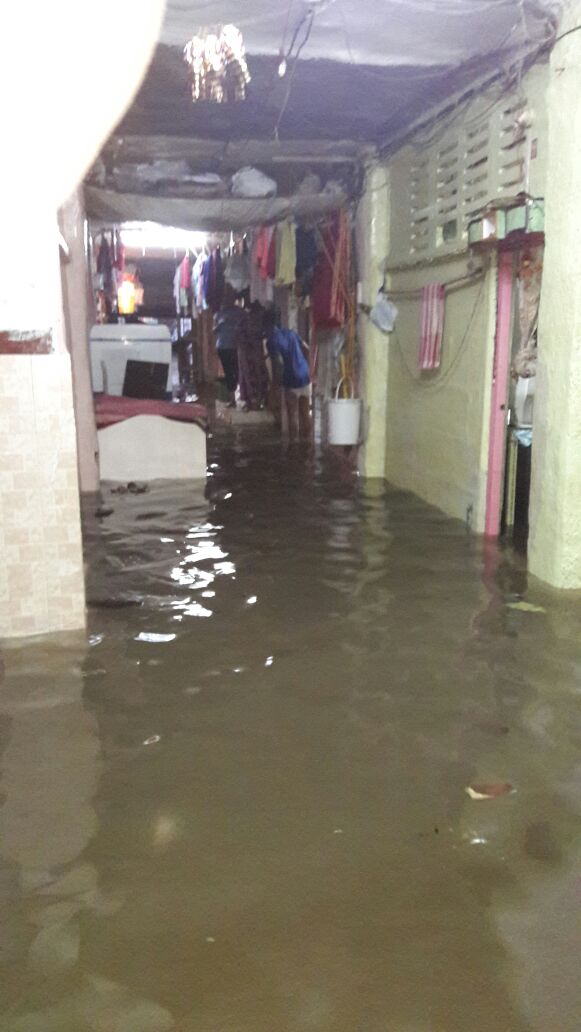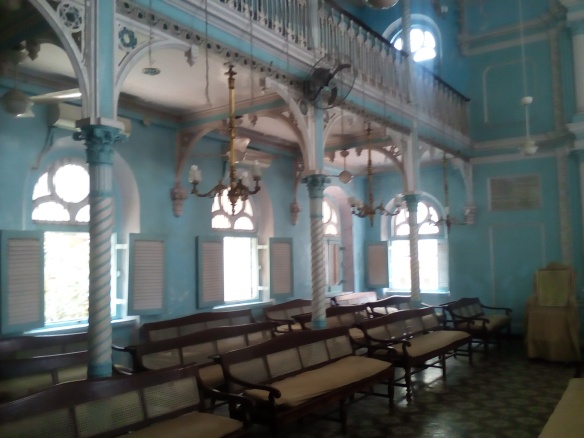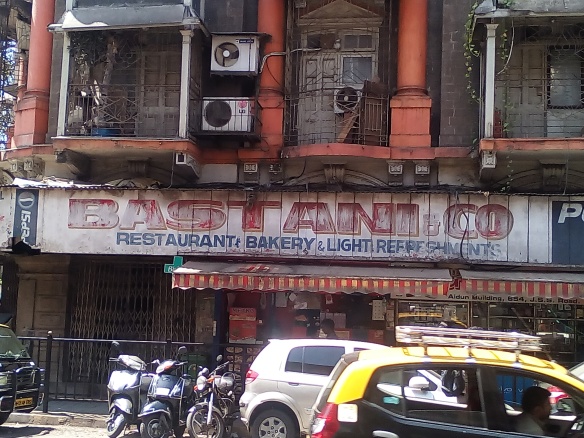This post first appeared on the SOAS Anthropology Department’s Covid-19 blog ‘Love in the time of Corona’.
An odd set of life circumstances has led me to spending the lockdown alone in a house in Knightsbridge. Here I share some notes (abridged and lightly edited) I made during the first week, mostly while out walking.
Tuesday 24th March
First day of lockdown. My neighbourhood streets weren’t quite deserted but they were very empty, and their sun-baked state called up memories of siesta time in small Italian towns. People finally seem to be getting the hang of social distancing. As I performed my close-hugging of one side of the pavement, a masked lady with a small dog gallantly stepped into the street to maintain a two metre cordon sanitaire.
By the Serpentine in Hyde Park, I couldn’t decide whether or not the water looked clearer, and then wondered how much it would be affected in any case, not being suddenly relieved of a fleet of vaporetti like the canals of Venice. All this will do wonders for the air quality, though, won’t it?
Wednesday 25th March
Empty, shut up shops everywhere. Boots had an employee on guard to ensure compliance with its twenty people or less rule. The cloyingly Instagrammable café outside Knightsbridge Tube is now shut, window bereft of pink cakes. The little Italian deli on Walton Street is still open, one customer at a time per favore. Perhaps the strangest, saddest sight was a series of empty buses gliding along on the Brompton Road.
I am struck by two other things today: an irrepressible urge to scratch my nose, and a new way of engaging with space. I find myself actively seeking out empty roads, and feel a surge of joy when I see one stretching before me with nobody else in sight. I feel a strange fear when I look at a narrow passageway, or a pavement hemmed in by cars, and think nothing of stepping out into the street or crossing the road to avoid people, wryly hoping I won’t die a prosaic, non-viral death at the hands of an oncoming vehicle. I’ve tried to perfect a “social distancing half-smile” to direct at people while backing off, although this is a work in progress.
Thursday 26th March
Last night I distributed a couple of hundred leaflets in the neighbouring streets on behalf of the local chapter of Covid-19 Mutual Aid UK. The idea is that residents stuck in their houses can contact volunteers to help them with shopping, or collecting prescriptions or even just a friendly phonecall. This morning I had a call from David, who lives down the road with his partner Elaine, both in the age bracket that has been asked to stay at home altogether for 12 weeks. They are low on milk and potatoes and would appreciate my help in picking up these, and a few other items – “nothing exotic!” he reassures me – from Waitrose tomorrow. He also offers me some of his homemade isopropyl-based hand sanitiser but I decline for the time being. Later, I get a message from a 61-year-old man in the next road offering what help he can, although he makes a point of clarifying that he is “single” and “in good shape” and “available 24/7”. I wonder if he has misinterpreted the nature of the support on offer.
At 8pm, twenty or more households in the street congregate at their doors to clap and cheer for the NHS, part of a national flash movement. It is a magical moment and everybody seems buoyed by the temporary expression of community.
Friday 27th March
This afternoon I taught a UCL ethnography class over Blackboard Collaborate. After talking through the students’ forthcoming assignments, I asked them what observations they had made so far of the lockdown, wherever they might be. Two girls who had travelled back up north to be with their parents said that their friends from home were taking things much less seriously than people in London seemed to be and were still going out partying by the time the students had both been self-isolating for a week or more. Another girl said that she found it fascinating in parks watching people react to approaching dogs – the natural tendency to pet and stroke in obvious tension with the fear that a virus-carrying vector might be entering their personal space. We all wondered, with no obvious conclusion, about the shift of social life into the online. Was this simply recreating existing social interactions, or were new forms of sociality being created here?
I thought about this question again in the evening during a Zoom call with a bunch of friends. Whereas a one-to-one chat I might have with my partner or a friend is starting to feel, with practice, quite normal and almost relaxing, the big groups still faze me for several reasons. The way that you can’t make eye contact with individuals, for example, meaning that so much richness is lost from the interaction. Or the artificial way in which a large group conversation remains just that: a conversation between an entire group. Although Zoom does have a “breakout group” function, there doesn’t really seem to be a way of replicating the dynamics of a group of friends meeting in the pub, naturally splintering and coalescing over the course of an evening.
Monday 30th March
I’m feeling intense cabin fever today but it’s grey outside and the empty streets feel more like Pyongyang than Perugia. So much of what is comforting in walking the streets come from the signs of life: open shops, people sitting in cafes, sauntering groups of pedestrians. Undeniably, there is beauty in the ghost city. In fact, I think the neoclassical wonderland of Chelsea is at its most lovely when deserted and in sunshine, but on a day like today it is overshadowed by bleakness and acts as a constant reminder of the situation we’re in. And as for the many parts of London that I love much more – Peckham, Brixton, Whitechapel etc – these places compel me precisely because of the crowds and the activity. I imagine that they must feel forlorn at present, although of course right now they seem as far away as Auckland.
I took a brisk but half-hearted walk, feeling resentful of everyone I passed except the hospital workers outside the Royal Marsden who I grudgingly reminded myself that I admired. Approaching Kings Road from a side street and seeing a lady walking a buggy and several other people crossing in the other direction, I suddenly felt a lift of spirits. It could almost have been a normal Monday afternoon.






















 The much lamented Bastani & Co
The much lamented Bastani & Co
